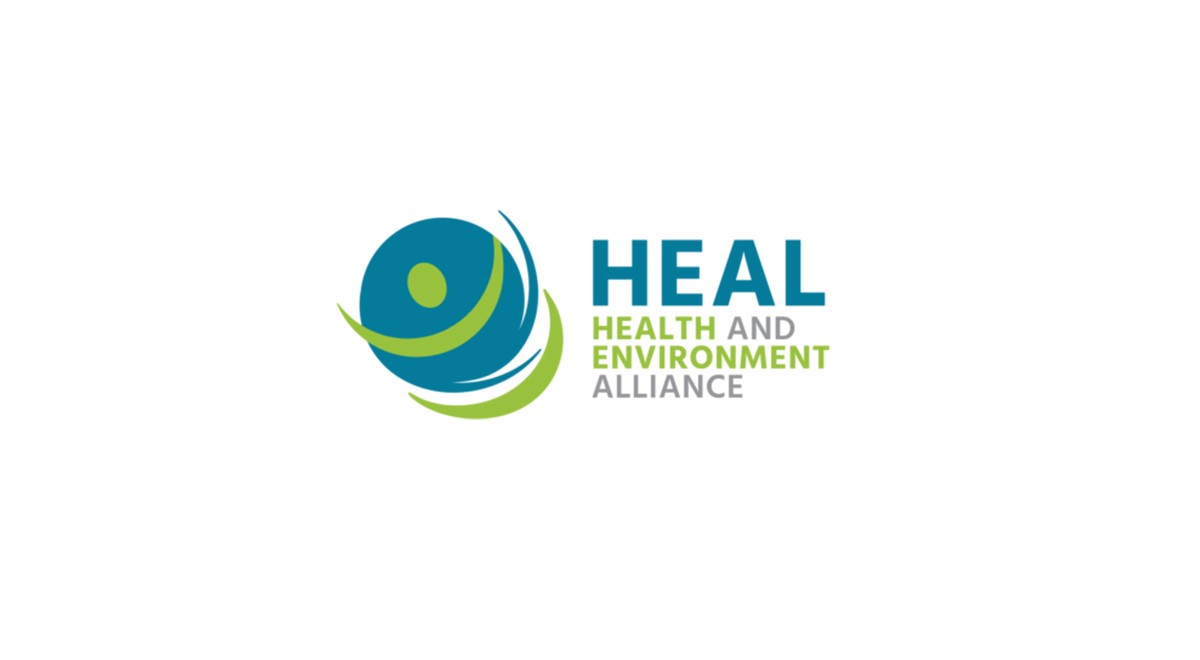HEAL has sent a letter to permanent representations of EU member states and EU environment ministers today, calling on their support and leadership to ensure that previous commitments made for a high level of health and environment protection will remain at the heart of the 2024-2029 EU Commission mandate, including delivering on the health protective measures promised in the Chemicals Strategy for Sustainability (CSS) and the revision of REACH with no further delay.
Yesterday evening members of the European Parliament’s ENVI committee supported the draft report on the revision of the legislation on the classification, labelling and packaging of chemical substances (CLP). The reform of CLP is crucial to improve the protection of workers and citizens through more effective hazard identification, labelling and packaging of chemicals used in industrial and consumer applications.
The Health and Environment Alliance (HEAL) welcomes the positive outcome of the vote, with a strong majority (63 in favour and 10 against), supporting the draft report together with all compromise amendments negotiated by rapporteurs across political parties over the last months.
Natacha Cingotti, Programme Lead for Health and Chemicals at HEAL said: “This vote is an important and positive step towards an ambitious European Parliament position on the CLP revision for improved information for citizens and workers exposed to harmful substances. We now urge all MEPs to secure the health wins of the amended report by supporting it in the plenary vote scheduled at the beginning of October.”
The ENVI report supports and clarifies the original European Commission proposal in a health protecting way through the following aspects:
- Support for the recent addition of new hazard classes in CLP and proper referencing of these throughout the text: endocrine disrupting chemicals (EDC); persistent, bioaccumulative, toxic chemicals (PBT); chemicals that are very persistent, very bioaccumulative (vPvB); persistent, mobile, toxic chemicals (PMT); chemicals that are very persistent, very mobile (vPvM).
- Modernisation through the inclusion of rules for the sale of chemicals in bulk, the use of refill stations, online sales and digital labelling.
- Support of provisions for faster, more efficient and more transparent CLP processes:
- allowing classification of groups of chemicals;
- adapting to new developments regarding test methods and making it fit for the future uptake of new approach methodologies for classification purposes;
- extending the mandate to initiate hazard classification to the European Commission;
- granting the European Chemicals Agency the power to clean the classification repository;
- adapting deadlines throughout the classification and labelling processes for more timely information for chemicals’ users;
- increasing transparency obligations for all stakeholders involved.
- Clarified rules for the hazard classification of more than one constituent substances (MOCS), in a science-based, yet practical, way for both authorities and industry actors.
- Clarified labelling rules that reach a good balance between the need to simplify and update the current rules and safeguarding high levels of protection and information for users.
Next steps: a plenary vote at the European Parliament is scheduled for the week of 2-5 October, after which the trilogue negotiations with the Commission and the Council can begin.




